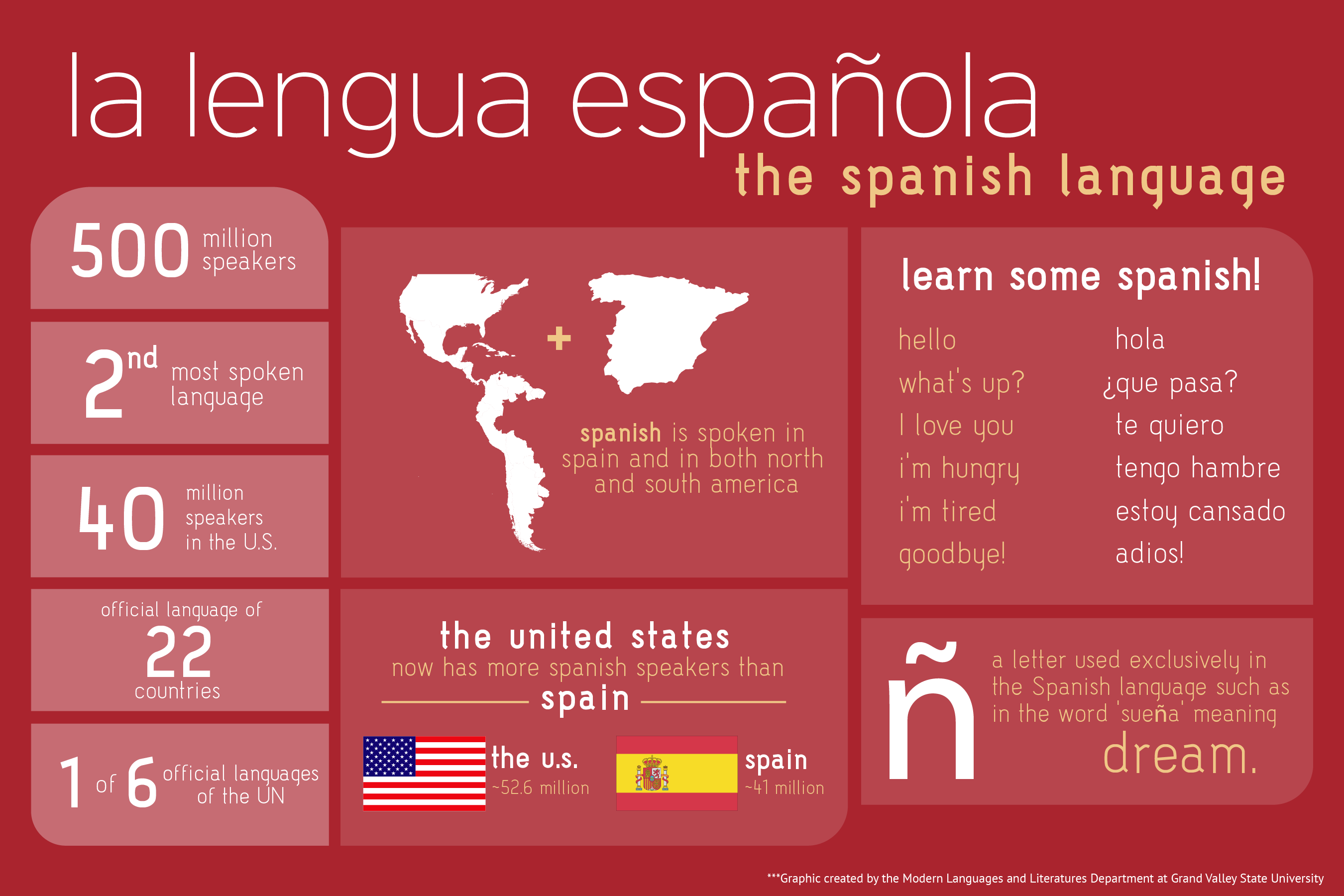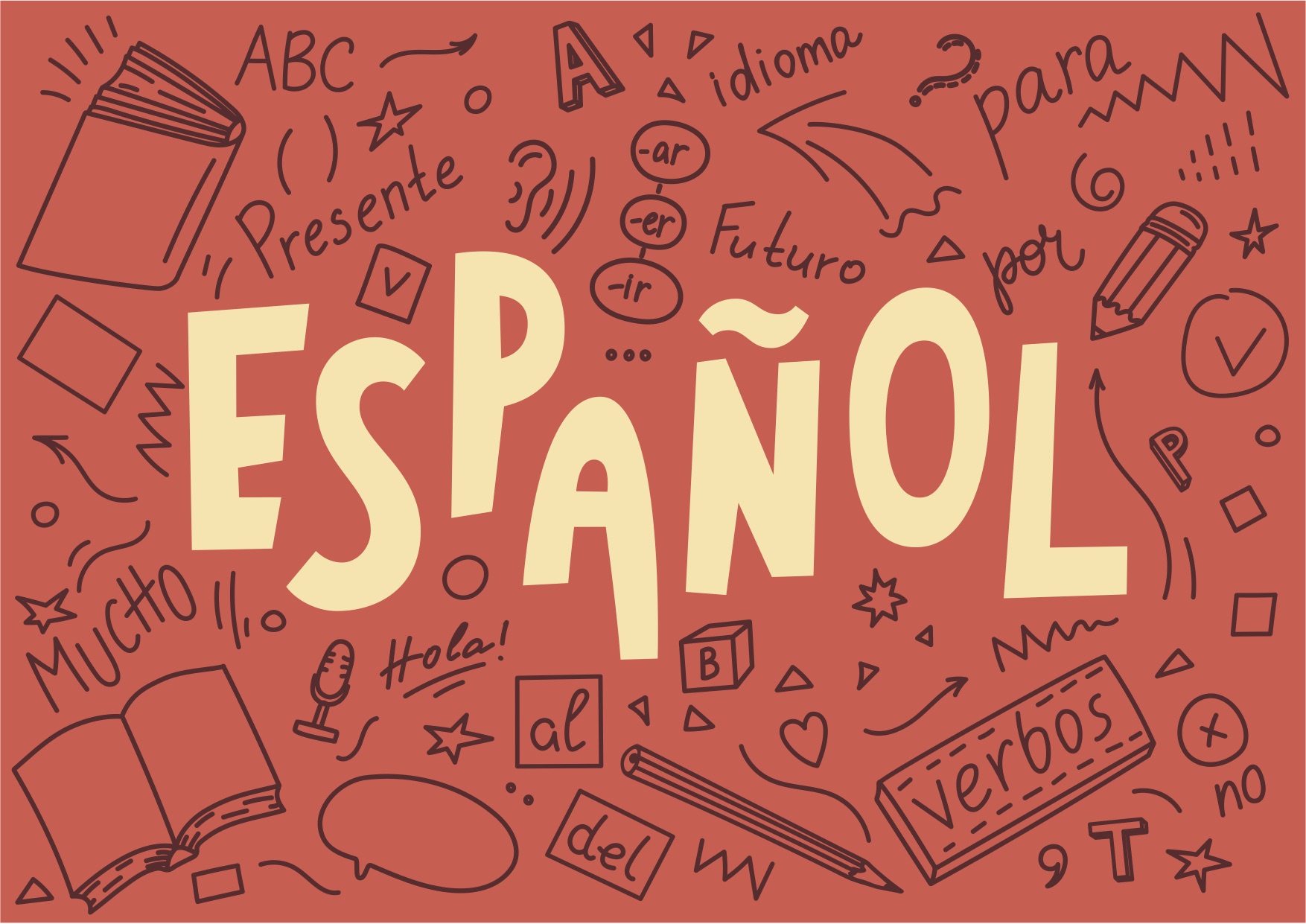But in spanish language – Embark on a linguistic journey as we explore “pero,” a versatile Spanish conjunction that adds depth and nuance to our communication. From its basic usage to its advanced applications, we delve into the world of “pero,” uncovering its intricacies and how it shapes the tapestry of Spanish language.
In this comprehensive guide, we will navigate the diverse contexts in which “pero” appears, examining its role in connecting ideas, contrasting viewpoints, and expressing a range of emotions. Along the way, we will draw comparisons to English conjunctions like “but” and “however,” highlighting both similarities and distinctions.
Definition and Translation
/spanish-notebook-getty-5b0b748e0e23d900367fbb77.jpg)
The Spanish word “pero” means “but” in English. It is a conjunction used to connect two contrasting clauses or phrases.
When used as a conjunction, “pero” is placed between the two clauses or phrases that it connects. The first clause typically expresses a positive or affirmative idea, while the second clause expresses a contrasting or negative idea.
Examples
- Me gusta el helado, pero no me gusta el chocolate.
- Quiero ir al cine, pero no tengo tiempo.
- Es un buen estudiante, pero es muy tímido.
Usage in Different Contexts

The word “pero” is a versatile conjunction that can be used in a variety of contexts. Its meaning can change depending on the context in which it is used.
One of the most common uses of “pero” is to connect two contrasting ideas. In this context, “pero” means “but” or “however”. For example:
“Me gusta el helado, pero no me gusta el chocolate.”
“I like ice cream, but I don’t like chocolate.”
“Pero” can also be used to introduce a new idea or to change the subject. In this context, “pero” means “on the other hand” or “however”. For example:
“Me gusta el helado. Pero no me gusta el chocolate.”
“I like ice cream. On the other hand, I don’t like chocolate.”
“Pero” can also be used to express surprise or disbelief. In this context, “pero” means “really” or “seriously”. For example:
“¿De verdad? ¡Pero qué sorpresa!”
“Really? What a surprise!”
Finally, “pero” can also be used to express a request or a command. In this context, “pero” means “please” or “but”. For example:
“¿Puedes ayudarme, pero?”
“Can you help me, please?”
Comparison to English Conjunctions

In English, the conjunctions “but” and “however” are used to connect two contrasting ideas or statements. “But” is typically used to indicate a contrast between two ideas, while “however” is used to indicate a contrast that is less strong or that is unexpected.
In Spanish, the conjunction “pero” can be used in a similar way to both “but” and “however.” However, there are some subtle differences in their usage.
Usage of “pero”
“Pero” is used to connect two contrasting ideas or statements. However, it is typically used to indicate a stronger contrast than “however.” In addition, “pero” can also be used to introduce a new idea or to change the subject of a conversation.
- To indicate a contrast:Yo quiero ir al cine, pero no tengo dinero. (I want to go to the movies, but I don’t have any money.)
- To introduce a new idea:Me gusta mucho leer, pero no me gusta mucho escribir. (I like to read a lot, but I don’t like to write very much.)
- To change the subject:Estábamos hablando de la película, pero ahora quiero hablar del libro. (We were talking about the movie, but now I want to talk about the book.)
Advanced Usage and Nuances
Pero, in its advanced usage, can convey a wide range of meanings and emotions, going beyond its basic function as an adversative conjunction. It can express shades of meaning such as concession, contrast, limitation, and even surprise or disappointment.
Concession
Pero can be used to introduce a concessive clause, acknowledging a fact or circumstance that may seem to contradict the main statement. In this sense, it is similar to the English conjunction “although.”
Ejemplo:Tengo mucho trabajo, pero me gusta mi trabajo.(I have a lot of work, but I like my work.)
Contrast, But in spanish language
Pero can also be used to create a contrast between two ideas or situations. In this usage, it is similar to the English conjunction “but” or “however.”
Ejemplo:Es una persona muy inteligente, pero no es muy sociable.(He is a very intelligent person, but he is not very sociable.)
Limitation
Pero can be used to limit or qualify a statement, indicating that something is true only to a certain extent. In this sense, it is similar to the English conjunction “however” or “nevertheless.”
Ejemplo:Me gusta la película, pero el final es un poco decepcionante.(I like the movie, but the ending is a bit disappointing.)
Surprise or Disappointment
Pero can also be used to express surprise or disappointment, particularly when it is placed at the beginning of a sentence. In this usage, it is similar to the English interjection “oh” or “well.”
Ejemplo:¡Pero mira quién está aquí!(Oh look who’s here!)
Final Thoughts: But In Spanish Language

Through this exploration of “pero,” we have gained a deeper appreciation for its multifaceted nature. Whether used to convey a simple contrast or to express subtle shades of meaning, “pero” proves to be an indispensable tool in the Spanish language.
As we continue our linguistic adventures, may this guide serve as a valuable reference, empowering us to harness the full potential of “pero” in our written and spoken communication.
Answers to Common Questions
What is the primary function of “pero” in Spanish?
As a conjunction, “pero” primarily serves to connect ideas or clauses, often indicating a contrast or opposition between them.
How does “pero” differ from English conjunctions like “but” and “however”?
While “pero” shares similarities with “but” and “however” in terms of expressing contrast, it can also convey a wider range of meanings, including concession, restriction, and exception.
Can “pero” be used to express emotions or intentions?
Yes, “pero” can be used to convey a variety of emotions or intentions, such as surprise, disappointment, or resignation.